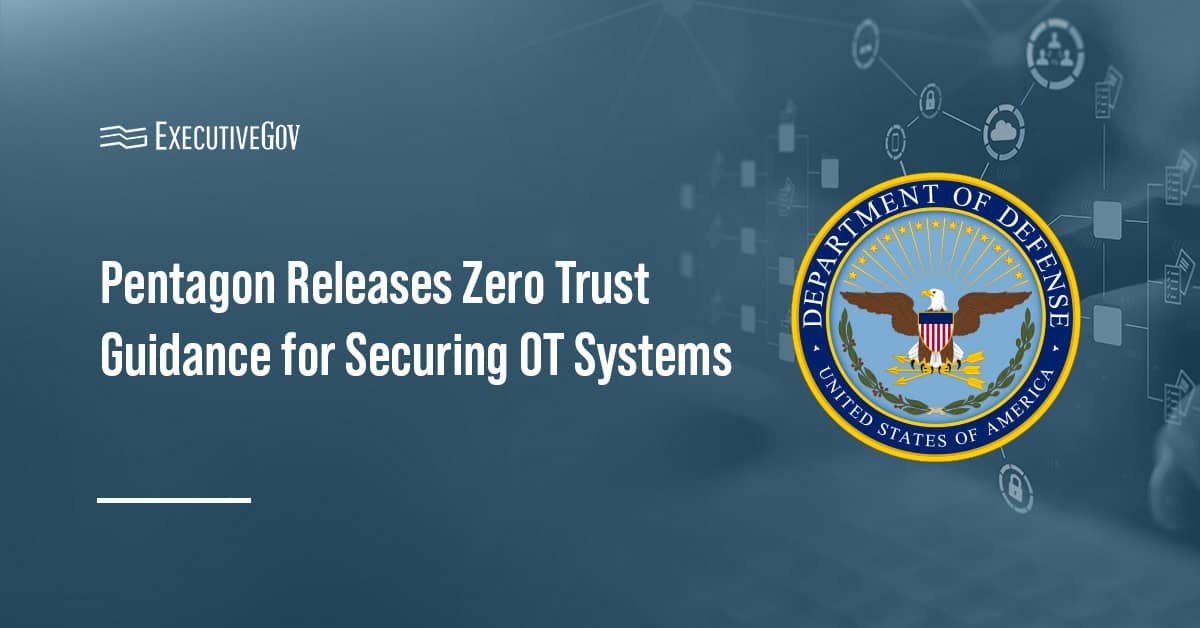 The House has passed a bipartisan bill that would provide small U.S. businesses access to tools, resources and expertise to address cyber threats.
The House has passed a bipartisan bill that would provide small U.S. businesses access to tools, resources and expertise to address cyber threats.Rep. Richard Hanna (R-New York) introduced the Improving Small Business Cyber Security Act of 2016 with Reps. Steve Chabot (R-Ohio) and Nydia Velázquez (D-NY), the House Small Business Committee said Thursday.
“Small businesses employ about half of the private sector workforce and generate 54 percent of annual sales in our economy,” Chabot said.
“We need to be doing all we can to help protect these job creators and their customers against the great and growing array of cyber-threats they face on a daily basis,” he added.
The House Small Business Committee held meetings in April and July to hear testimony from various cybersecurity experts and small business owners.
The bill now heads to the Senate for consideration.





